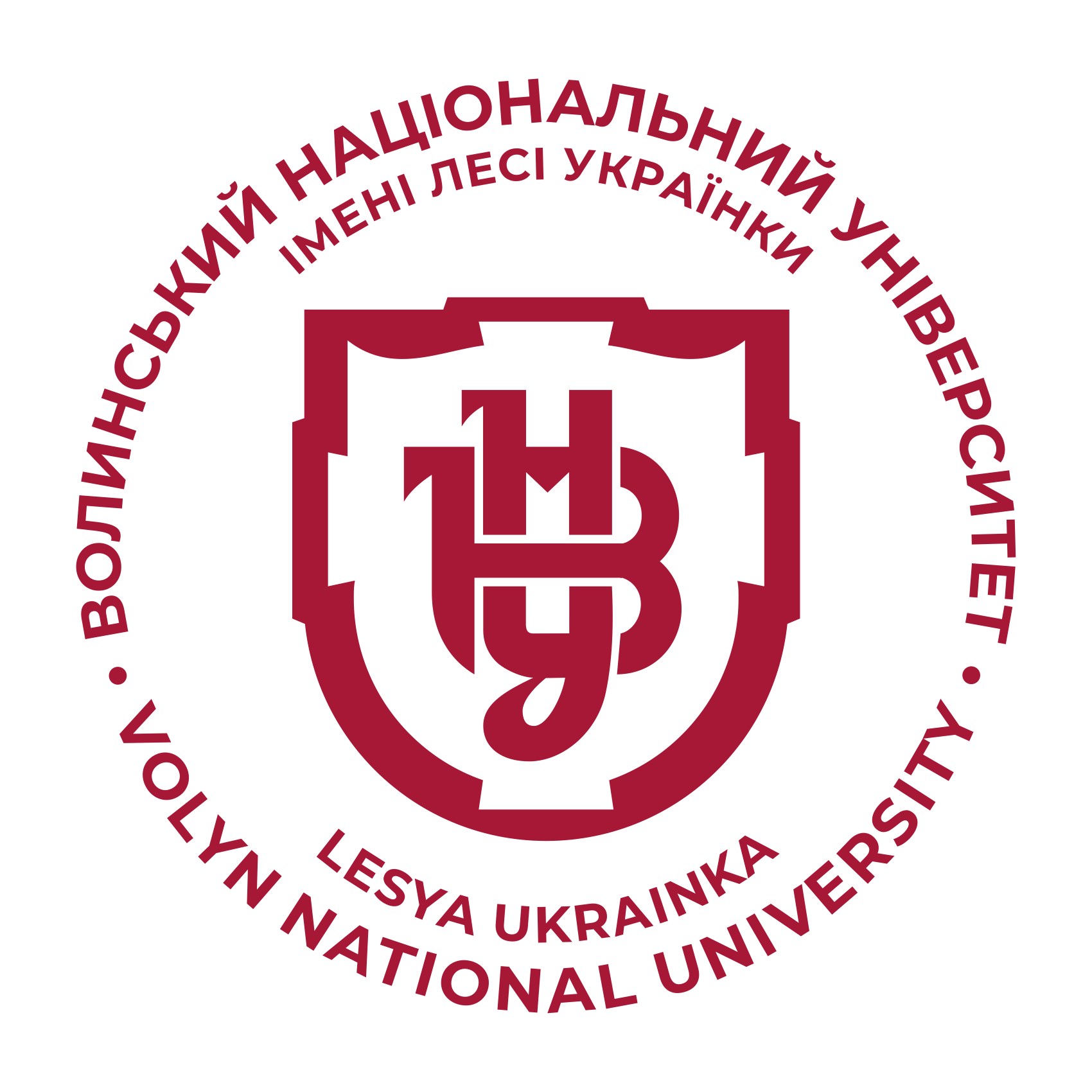ASSESSMENT OF MATERIAL AND LIVING CONDITIONS OF THE QUALITY OF LIFE IN SLOVAKIA
DOI:
https://doi.org/10.29038/2786-4618-2022-04-14-26Keywords:
quality of life, material and household conditions, indicators, models, forecasting.Abstract
An important task of social policy in the EU countries is to overcome poverty, reduce risk social groups due to effective social, economic, psychological help and support, providing decent living conditions, etc. Material and living conditions are one of the most important factors in determining the indicators of the population's standard of living. Poor material and living conditions, stratification of the population by income level and quality of life, lack of adequate social assistance to families with low-income levels, families with several children, families with dependent children with disabilities, leads to various social conflicts and aggravation of social tension in society.
In the work, an analysis was carried out on the example of two separate indicators of the material and living conditions of the whole population of Slovakia for the period of 2005-2020. Selected time series models were used to provide forecast values for the period of 2022-2023.
The developed models will allow to provide more reasonable analysis of the effectiveness of social programs and to improve the material and living conditions of the population of Slovakia, to identify target groups of the population that need more support and social assistance.
References
Holková V., Veselková A. (2019). Theoretical and Practical Aspects of Forming Quality of Life in terms of Consumption. Economic Review. Issue 48, no.3, 237-254. [in English].
Horňák, M., Rochovská, A. (2007). Vybrané aspekty kvality života vo vnútorných perifériách Slovenska. Geographia Cassoviensis, 55-60. [in Slovak].
Marans, R. W. (2003). Understanding Environmental Quality Through Quality of Life Studies: the 2001 DAS and its use of Subjective and Objective Indicators. Landscape and Urban Planning, 65, 73-83. [in English].
Massam, B. H. (2002). Quality of Life: Public Planning and Private Living. Progress in Planning, 58, 141-227. [in English].
Mederly, P., Nováček, J., Topercer, J. (2002). How to Measure Progress Towards Sustainability – The Sustainable Development Index. Future Research Quarterly, 18, 5-24. [in English].
Pacione, M. (2003). Urban Environmental Quality and Human Well-Being – Social Geographical Perspective. Landscape and Urban Planning, 65, 19-30. [in English].
Potůček, M. a kol. (2002). Průvodce krajinou priorit pro Českou republiku. Praha : UK FSV CESES, 686 s. [in Czech].
Kuznetsov, I., Zubro, T. (2021). A Welfare State as a Concept and a Reality. In Almanach : aktuálne otázky svetovej ekonomiky a politiky. Bratislava : Vydavateľstvo EKONÓM EU v Bratislave, roč. 16, č.2, 16-26. [in English].
Kvalita života v jednotlivých krajinách za rok: Umiestnenie Slovenska ťa prekvapí. Euractive. 10.07.2021. https://hashtag.zoznam.sk/kvalita-zivota-slovensko/ [in Slovak].
Drapáková, D., Gabrižová, Z. (2020). Kvalita života v slovenských mestách: Bratislava a Košice. 27.10.2020. https://cutt.ly/M2oH31W [in Slovak].
Statistical Office of the Slovak Republic. https://slovak.statistics.sk/ [in Slovak].
DATACube. http://datacube.statistics.sk/ [in Slovak].
Stiglitz, J. E., Sen, A., Fitoussi, J.O. (2009). Report by the Commission on the Measurement of Economic Performance and Social Progress, http://ec.europa.eu/eurostat/documents/118025/118123/Fitoussi+Commission+report. [in English].
Nestorenko, T., Nestorenko, O., Morkūnas, M., Volkov, A., Baležentis, T, Štreimikienė, D., Cai, J. (2022). Optimization of Production Decisions Under Resource Constraints and Community Priorities. Journal of Global Information Management. Volume 30, Issue 12, 1-24. DOI: 10.4018/JGIM.304066. https://cutt.ly/BJuAo7U [in English].
Polishchuk, О., Kulinich, Т., Martynovych, N., Popova, Yu. (2022). Digitalization and sustainable development: the new covid-19 challenge requires non-standard solutions. Problems of Sustainable Development. 17 (2), 69-79. DOI: 10.35784/pe.2022.2.08 [in English].
Nestorenko, T. (2016). Economic Impact of International Students on the Host City: Case of University of Economics in Bratislava. 3rd Teaching & Education Conference, the International Institute of Social and Economic Sciences, June 28 – July 1, 2016, in Barcelona, Barcelona, Spain. https://cutt.ly/gQyJbh0. [in English].
Nestorenko, T., Dubrovina, N., Péliová, J. (2016). Local Economic Impact of Domestic and International Students: Case of University of Economics in Bratislava. European Financial Systems 2016. Proceedings of the 13th International Scientific Conference, Brno: Masaryk University, 496-501. https://cutt.ly/2YcBkOy. [in English].
Tokárová, A. (2002). K metodologickým otázkam výskumu a hodnotenia kvality života. In: Kvalita života v kontextoch globalizácie a výkonnej spoločnosti. Prešov: FF PU, 11-29. [in Slovak].
Johnston, R. J., Gregory, D., Smith, D. M. (eds.) (1994). The Dictionary of Human Geography. Oxford: Blackwell. [in English].
Van Kamp, I., Leidelmeijer, K., Marsman, G., de Hollander, A. (2003). Urban Environmental Quality and Human Well-Being Towards a Conceptual Framework and Demarcation of Concepts; a Literature Study. Landscape and Urban Planning, 65, 2003, 5-18. [in English].
Výsledky sčítania obyvateľov, domov a bytov 2001 (2003). Bratislava : Štatistický úrad SR, (CD). [in Slovak].
Ira, V., Michálek, A., Podolák, P. (2005). Quality of Life and its Regional Differentiation in the Slovak Republic. Život. Prostr., Vol. 39, No. 6, 290-294. [in English].







